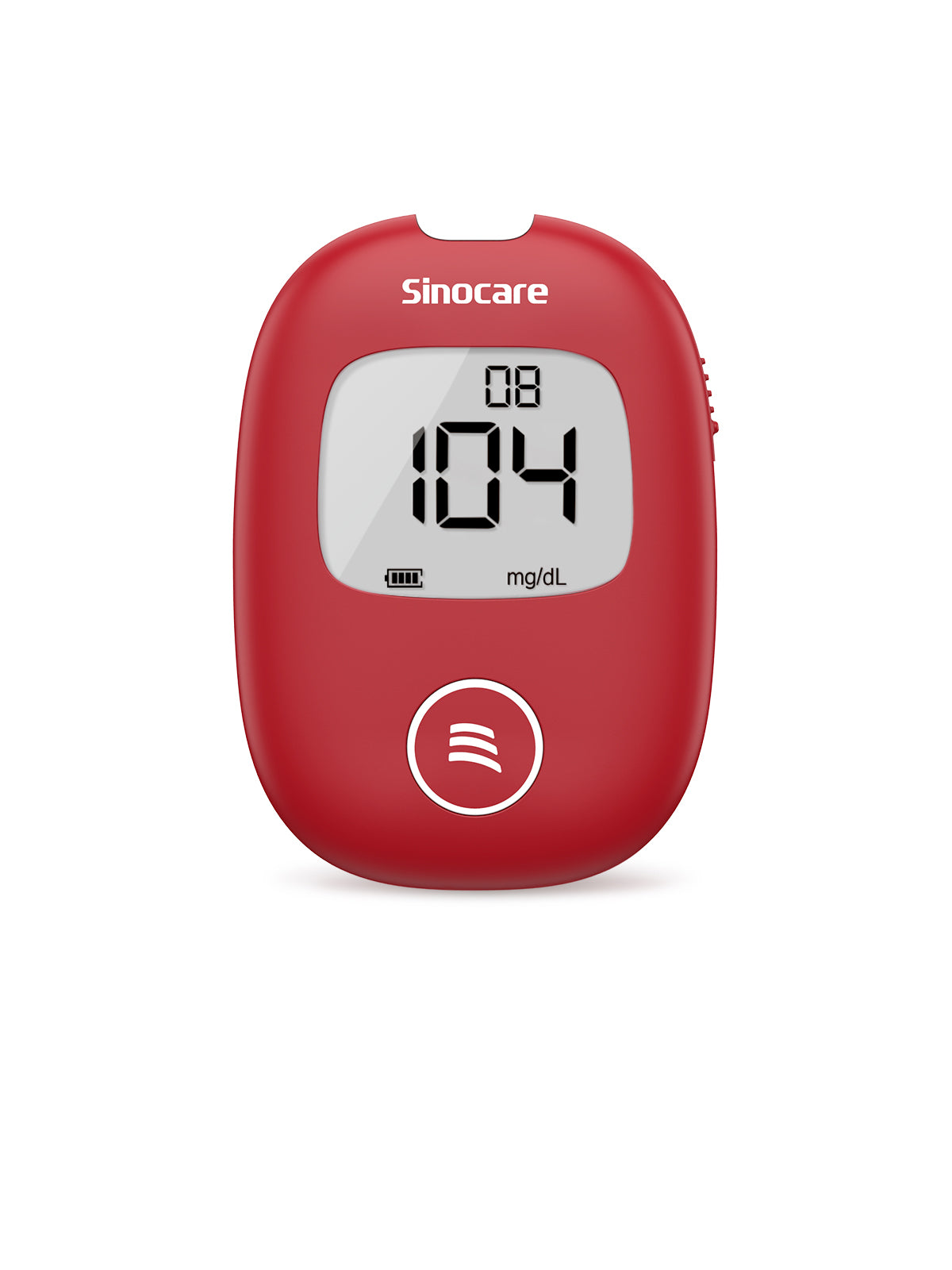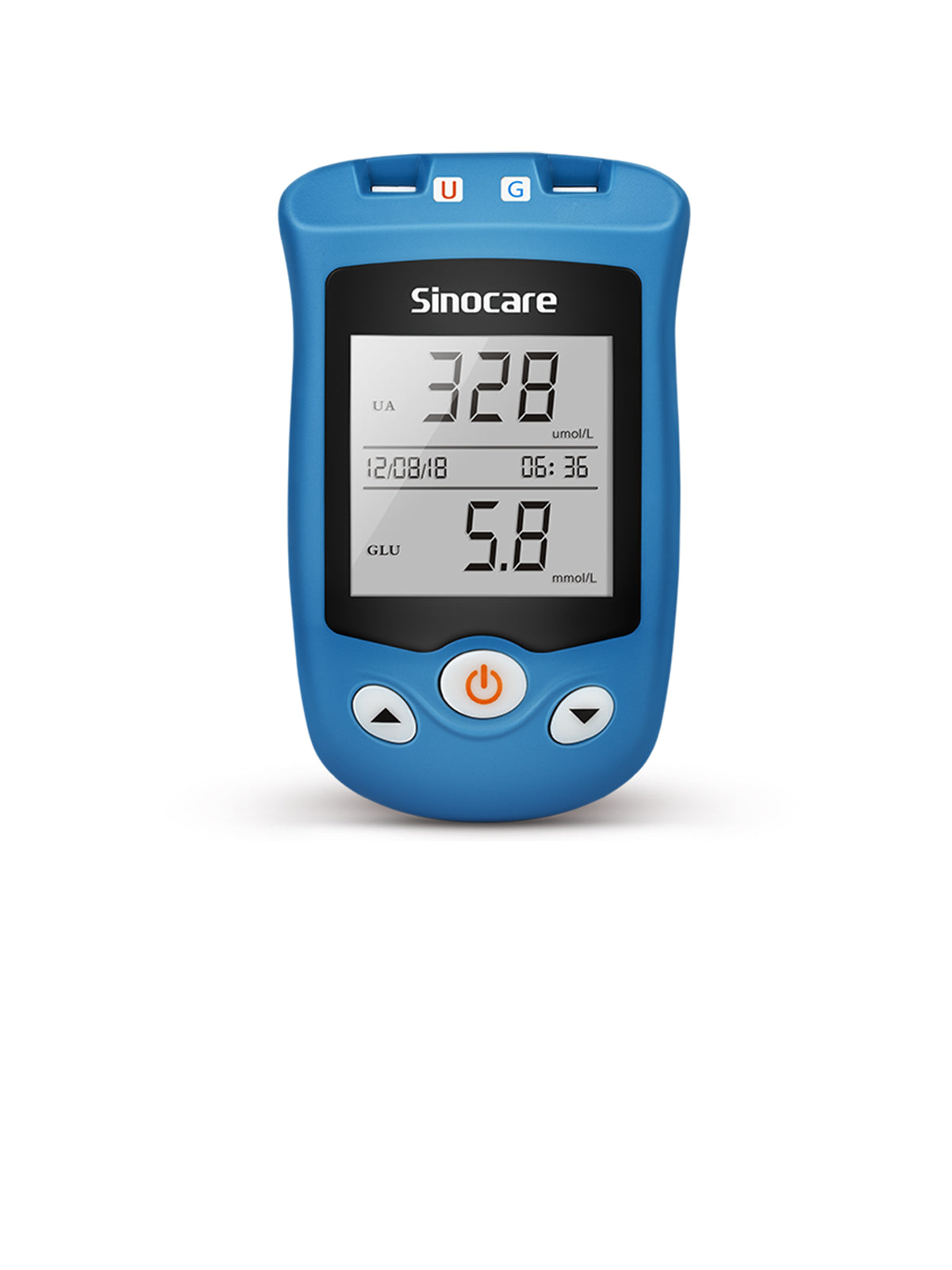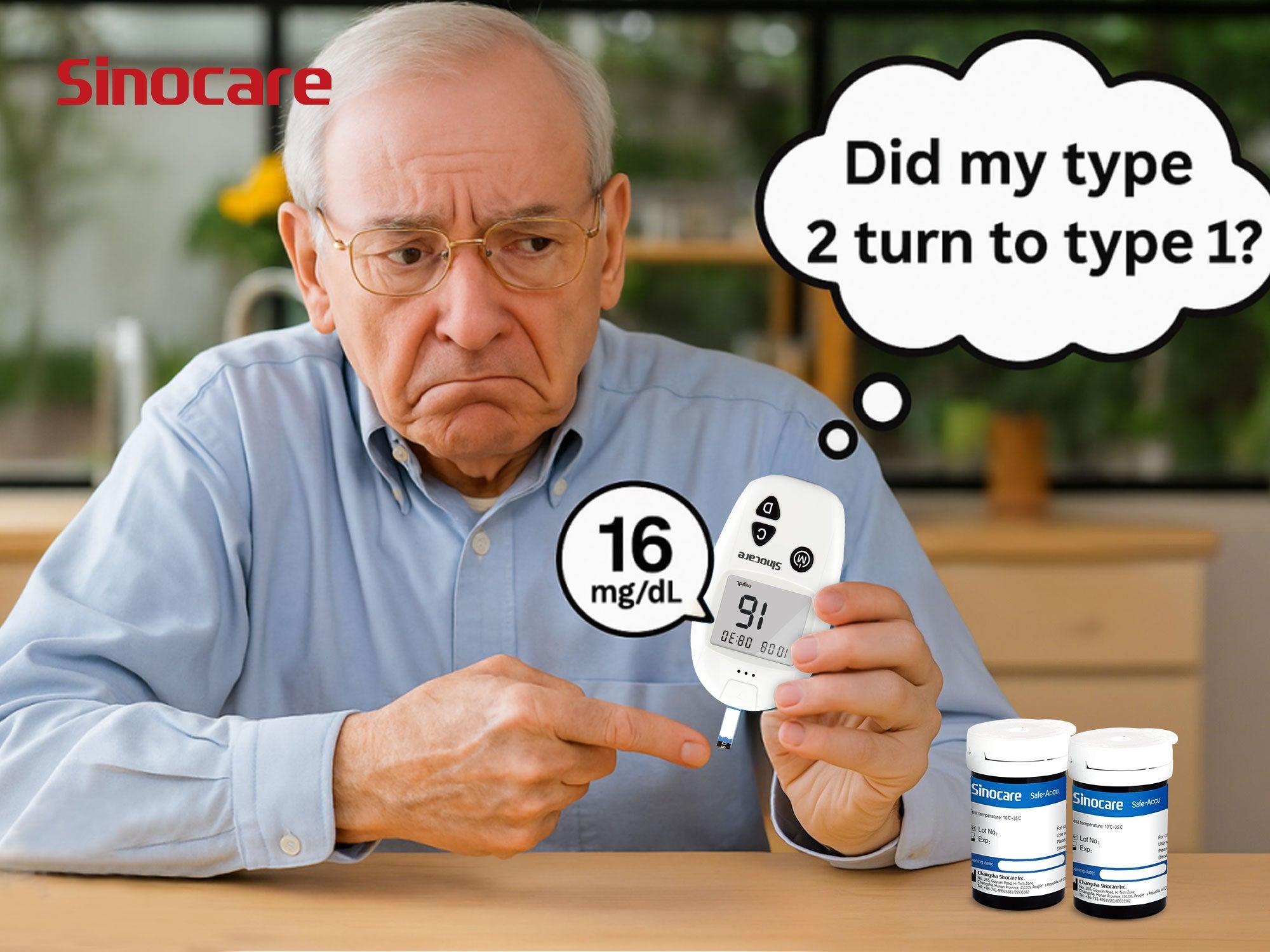If you're newly diagnosed with diabetes or caring for a loved one who has it, choosing your first blood glucose monitor is no less important than your daily diabetes care. This device will be your go-to tool at home to keep your blood sugar in check. Also, it will be your daily companion for years to come.
So, for effective day-to-day diabetes management, you have to choose the right glucose meter. A reliable, easy-to-use meter can make life a lot easier for you, while a poor choice might lead to inaccurate readings or even skipped tests.
Below is a 2025 buyer's guide on how you may choose the most reliable and accurate blood glucose monitoring device. Once you go through this guide, you'll be able to confidently select the best meter for your needs.
How to Choose First Blood Glucose Monitor
1. Confirm Your Clinical Needs
This is the most important point you need to address first. Go through your doctor's recommendations and then ask yourself the following questions:
- What are my target blood glucose ranges?
- How often has my doctor advised me to test?
- Did my doctor recommend any specific meter types?
- Do I have poor eyesight, hand tremors or arthritis?
People with type 1 diabetes or insulin-dependent type 2 usually need to test several times a day, while those on oral meds often don’t. If you have vision or dexterity challenges, go for a glucometer with a large, backlit display and a simple one-button design.
2. Look for Accuracy Certifications
Not all glucometers are compliant with ISO 15197:2013 or EN ISO 15197:2015 standards. If a device does, it means 95 % of its results fall within ±15 mg/dL when blood glucose is under 100 mg/dL or within ±15 % when it is 100 mg/dL or higher compared with a lab reference.
Most established brands, like Sinocare, adhere to ISO standards, but you might not see an ISO certified label or tag line with cheap off-brand ones, so check the product specs or manual. You can also look it up online or ask an AI model like ChatGPT to confirm whether your chosen brand meets the requirement.
3. Assess Ease of Use
For your first blood glucose meter, see if the device has the following features:
- Strip size: Choose a meter that has larger strips and is easier to handle.
- Speed: Review the specs to know how long a reading takes. Select a device that takes anywhere from 5 to 10s. For example, the Sinocare Safe AQ Smart delivers a result in 5 seconds.
- Blood volume: Less blood requirement means less pain. Look for meters that require less than 1 µL of blood; some need as little as 0.6 µL, which means a less painful poke. For example, the Sinocare Safe-Accu meter uses no-coding strips, gives results in 10 seconds, and needs only a 0.6 µL sample, making it very beginner-friendly.
- Display: Large, backlit screens are often helpful for those who have poor eyesight.
- Audio alerts: Some devices give a beep when enough blood is applied and even read the results out loud. This is very useful for those with visual impairment or for confirming a successful test. For example, the Sinocare Safe AQ Voice Blood Glucose Meter has built-in voice prompts and light warnings.
4. Consider Data and App Features
Many glucometers now do more than just display the test result. They can store 200-500 test results with date/time stamps, allow smartphone connectivity via Bluetooth and automatically log results.
If you want to have detailed logs, look for a device with Bluetooth that syncs to a smartphone app or that can upload readings to a computer. Check if the app has a data export feature (for instance, generating a PDF report or syncing with Apple Health/Google Fit). If you prefer not to use a phone, choose those that have USB ports to download data to a PC.
For example, Sinocare’s Sub-brand US product line TRUE meters auto-sync every reading to the TRUE Manager® Mobile app (iOS/Android), tag events (meal, exercise, meds) in-app and allow sharing PDF/CSV reports for clinicians.
5. Calculate True Cost
You’ll get strips in packs of 50 or 100. Find out what the price of the strip packs is for your chosen glucometer. Then, do a bit of math on recurring costs. For example, if you need to test 4 times a day, that’s about 120 tests a month. If strips are $0.50 each, that’s $60/month; if they’re $0.25 each, that’s $30/month. Over a year, the difference could be hundreds of dollars. Also, don’t forget lancets (the tiny needles). Yes, they are cheap but still an expense.
You’ll also have to consider the meter’s battery type and life. Most devices typically use coin cell batteries that last for 6-12 months. So, you should count replacing batteries into the cost. Summing it all up, you’ll be able to create a simple 1-year budget:
Meter price + (no. of daily tests x 365 days x strip cost) + lancets + batteries = true first-year cost.
6. Review Warranty and Customer Care
Finally, the last bit is the type of support you’ll get after buying a blood glucose meter. It should come with a decent warranty and accessible customer service. Check the warranty period. Many top brands offer at least a 3- to 5-year warranty, and some even a lifetime warranty. For example, Sinocare offers a lifetime warranty on some models like the Safe-Accu 2 and Sinocare Safe AQ Smart.
Also, check whether the meter comes with a clear manual in your preferred language, and perhaps online video tutorials if you need them. In general, most established brands usually have well-developed support channels, whereas no-name glucometers might be cheap but you won’t get any support if something goes wrong. Since this is going to be your first blood glucose monitor meter, knowing you can get help or a replacement if needed will spare you from a lot of hassle later on.
Quick Checklist: Blood Sugar Monitor Buying Guide
Here is a quick checklist that you may consider when buying your first glucose meter. Use it as a cheat sheet for what to check.

Frequently Asked Questions (FAQs)
Does blood glucose meter accuracy decline over time?
No, most meters generally don’t! They usually maintain accuracy if well cared for. But, outdated strips, dirty meter ports or low batteries can affect readings. Run control solution tests at least once a month to make sure your device stays accurate over time.
Are cheaper generic strips safe to use?
It’s best to use strips made only for your meter. Third-party generic strips exist for some models, but they may not be as reliable. When using any off-brand strips, check that if they are officially compatible and FDA approved for your meter.
What affects reading accuracy (meds, altitude, temperature)?
Several factors may affect readings. High altitudes or cold/hot temperatures can throw off sensor chemistry, dehydration or anemia can skew results, and certain medications (like high-dose vitamin C or acetaminophen) may interfere.
Making Your Final Choice
In choosing your first blood glucose monitor, focus on accuracy, usability and long-term cost rather than which brand it comes from. The best meter for you is one that you will feel comfortable using day in and day out. Start with a reliable, simple option. You can always upgrade as your needs change.
Companies like Sinocare, founded in 2002 and serving over 25 million users across 135 countries, offer reliable options (FAD-GDH system) at competitive prices. Their Safe-Accu models provide ISO 15197:2013 compliance with budget-friendly strip costs. Order a Sinocare Starter Kit today.










Leave a comment
All comments are moderated before being published.
This site is protected by hCaptcha and the hCaptcha Privacy Policy and Terms of Service apply.